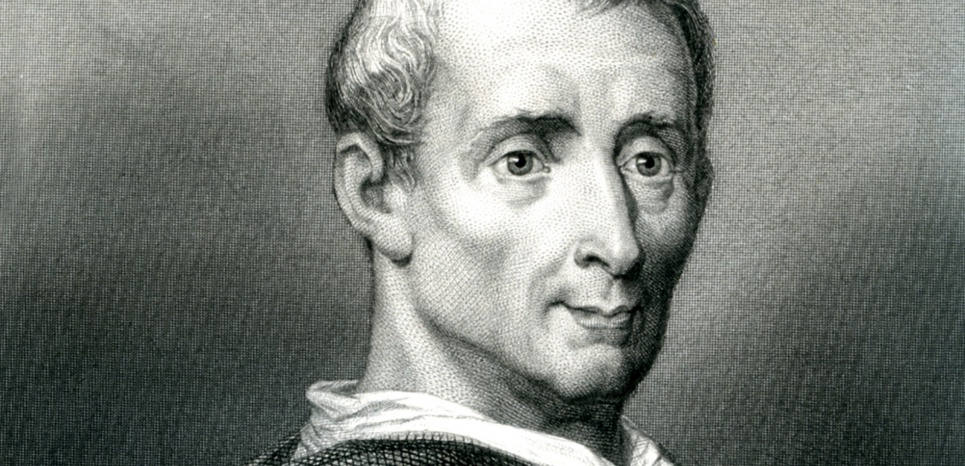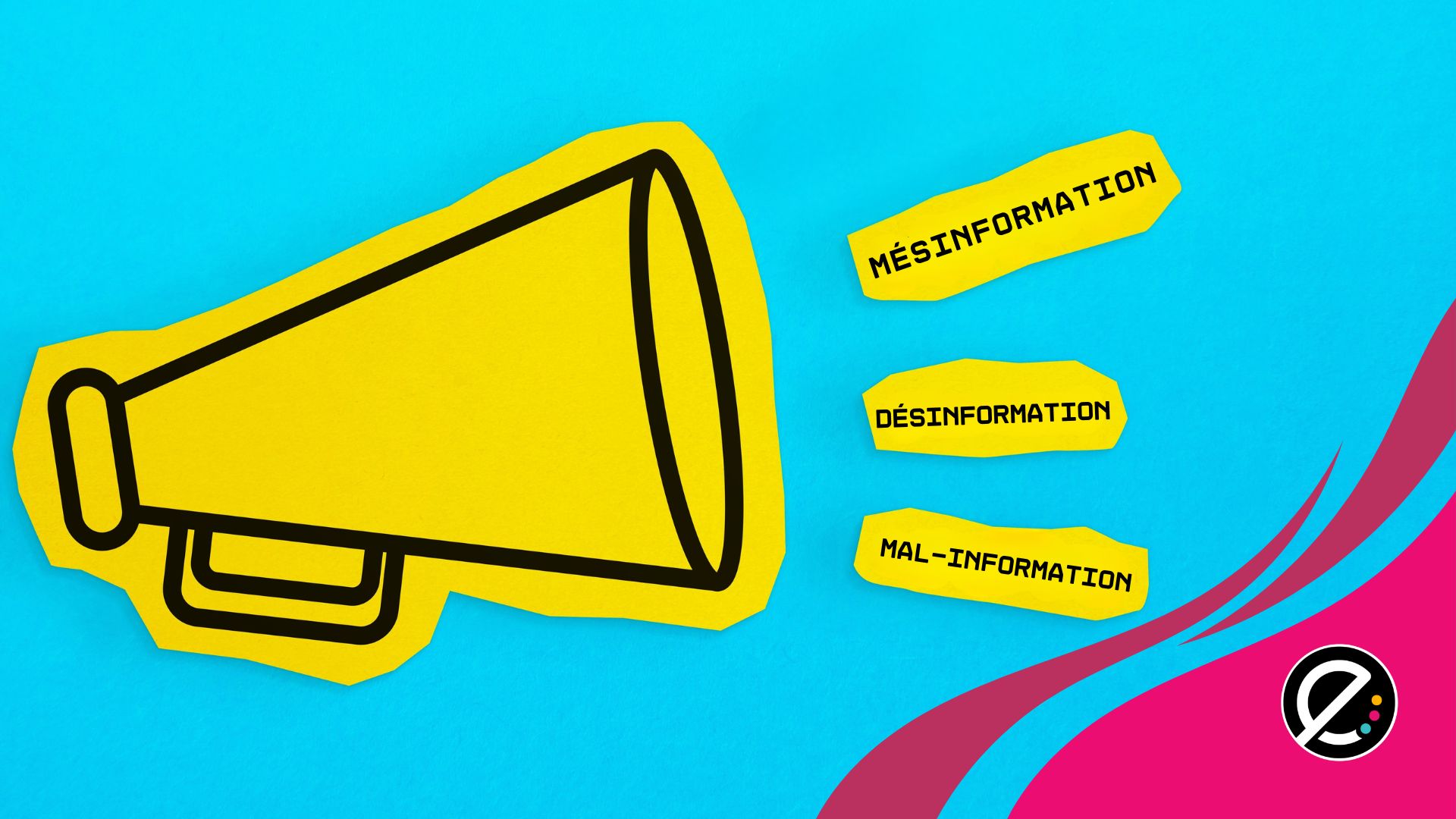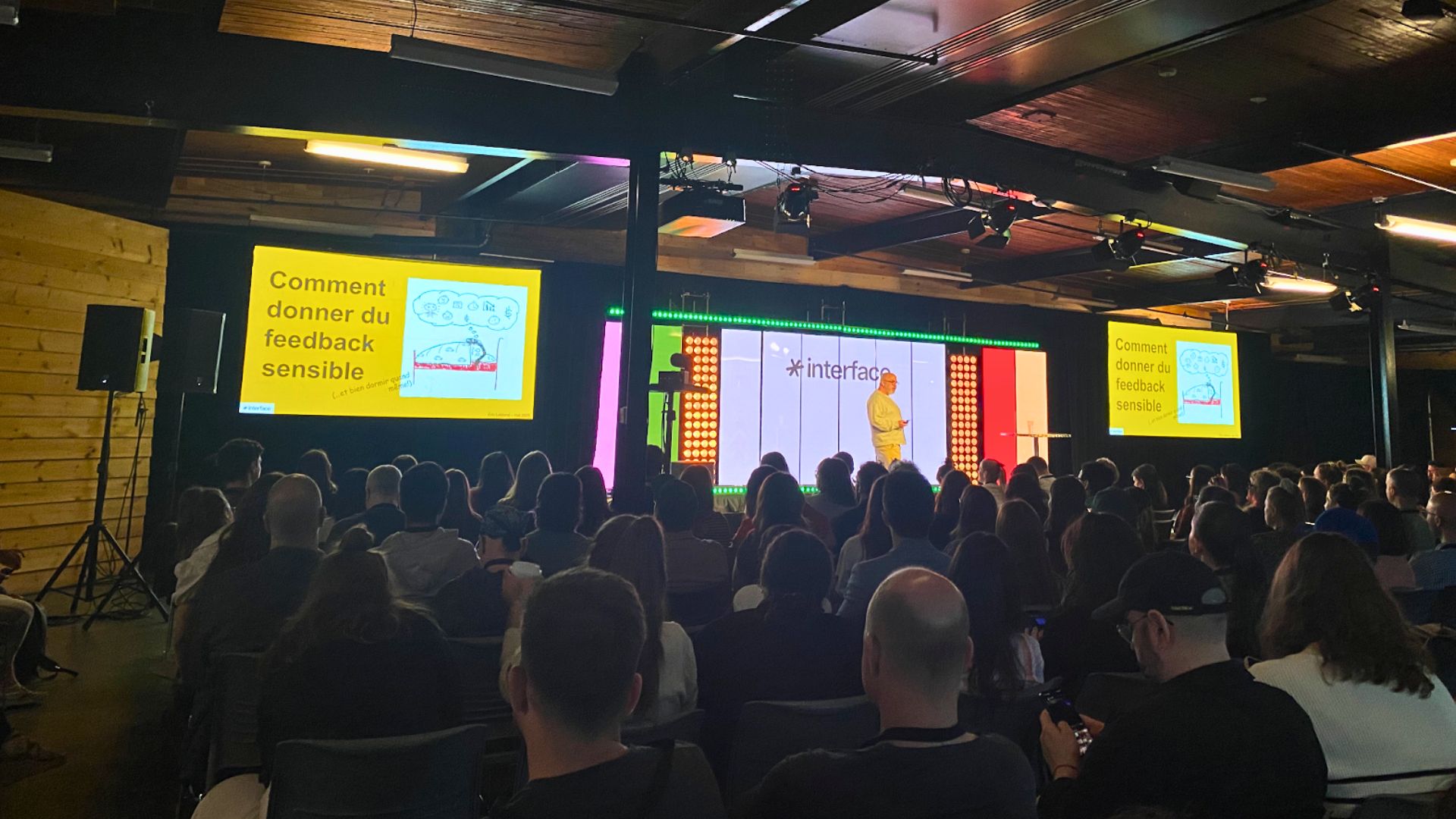Les 3, 4 et 5 novembre dernier à l’Académie Lafontaine de Saint Jérôme se tenait la conférence #accesEdu, une rencontre d’éducateurs « branchés ». Cette conférence a permis notamment de démontrer que les réseaux sociaux sont des lieux privilégiés pour lire, écrire, communiquer et partager.
Parmi la panoplie d’ateliers présentés, le choix était difficile à faire. Je me suis laissée attirer par celui de Nathalie Couzon et j’y ai découvert une femme débordante de créativité dans son enseignement de la littérature française à l’ère du numérique. Je ne présente pas ici une synthèse de l’atelier. Je traite plutôt de l’un des nombreux projets présentés qui illustre bien la pensée pédagogique de Nathalie et la réponse techno-créative de ses élèves.
Les Lettres persanes
L’ouvrage qui date de 1721 a d’abord été publié anonymement à Amsterdam. Montesquieu, un écrivain du siècle des Lumières, craignait alors la censure. Lorsque son nom a été divulgué, il a affirmé qu’il n’était que le traducteur des lettres de deux Persans qui avaient voyagé jusqu’à Paris. Il s’agit d’un ouvrage particulièrement intéressant. Écrit sous forme de lettres et inventé de toutes pièces par Montesquieu, ce roman est un récit du voyage de ces deux Persans à travers l’Europe occidentale. Ces deux étrangers jettent un regard naïf sur la culture nouvelle qu’ils découvrent. Cette production littéraire n’est en effet qu’un artifice utilisé par l’auteur pour critiquer le régime monarchique et les mœurs de ses contemporains.
Le projet collaboratif
Le projet #Lettres persanes 2.0 est une réécriture collaborative d’une œuvre patrimoniale à travers laquelle les élèves utilisent internet pour communiquer et travailler conjointement avec les élèves d’un autre continent. L’œuvre littéraire collaborative numérique a été réalisée par les élèves de 2nde de l’Institut international de Lancy en Suisse (classes de Mesdames Caroline Duret et Corinne Jacomme) et les classes de secondaire 4 de Nathalie. Elle a été intitulée L’Être au monde.
Les élèves ont été invités à jeter un regard critique sur le monde contemporain en s’inspirant de Montesquieu et en découvrant son œuvre par la même occasion. En 2017, les Persans ne seraient plus stupéfaits par un voyage en Occident. Par contre, si des personnages de jeux vidéo quittaient leur environnement virtuel pour visiter notre planète, ils pourraient servir de prétexte à une réécriture contemporaine des Lettres persanes.
Différentes manières de découvrir le projet
François Jarraud écrit dans l’expresso du 20 mars 2017 : « au genre épistolaire, caractéristique des voyages et des échanges du siècle des Lumières, se substitue une forme nouvelle, numérique : la cartographie des productions donne à comprendre combien internet ouvre, pédagogiquement aussi, de nouveaux espaces et de nouveaux horizons pour écrire et partager le monde ».
La carte « Lettres persanes 2.0 » en fait la démonstration par la diversité des sujets choisis par les élèves ainsi que leur distribution planétaire.
Je vous invite à vous rendre au Thinkling Lettres persanes 2.0 Réécriture du roman épistolaire pour y découvrir la bande annonce de l’œuvre réalisée par une élève suisse en cliquant sur le point jaune. Impressionnant !
Le mur collaboratif sur Padlet vous fera connaître l’appréciation de ce projet par les élèves de Nathalie Couzon.
Enfin, le projet a fait l’objet d’une publication intitulée « Quels usages créatifs du numérique pour l’apprentissage du français ? » dans l’ouvrage collectif Usages créatifs du numérique pour l’apprentissage au XXIe siècle, dirigé par M. Romero, B. Lille, & A. Patino (Eds.) et publié aux Presses de l’Université du Québec.
Il a été aussi présenté par Caroline Duret lors du REFER en mars 2017 avec Isabelle Capron Puozzo, chercheure à la Haute École Pédagogique HEP-Vaud (Lausanne-Suisse) lors de la table ronde Pédagogie et créativité à l’ère du numérique (de 2:40 à 17:55), et à l’occasion du dernier Sommet du iPad à Montréal en mai 2017 (p.26 à 35 du PDF).
Laissez-vous inspirer !














